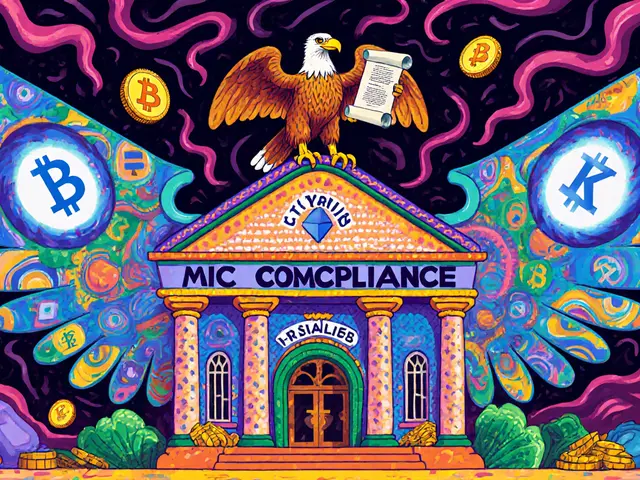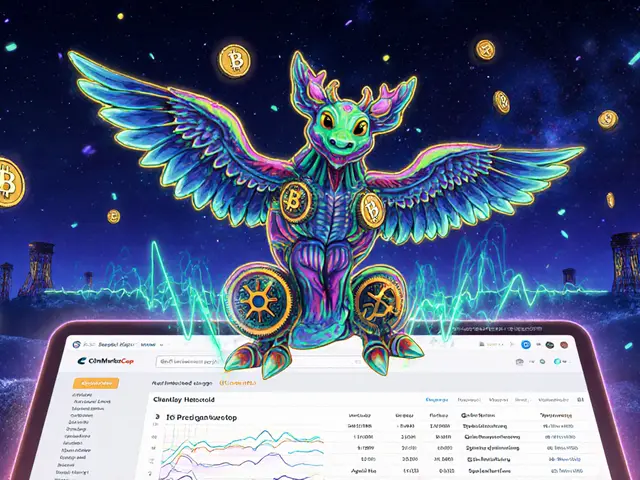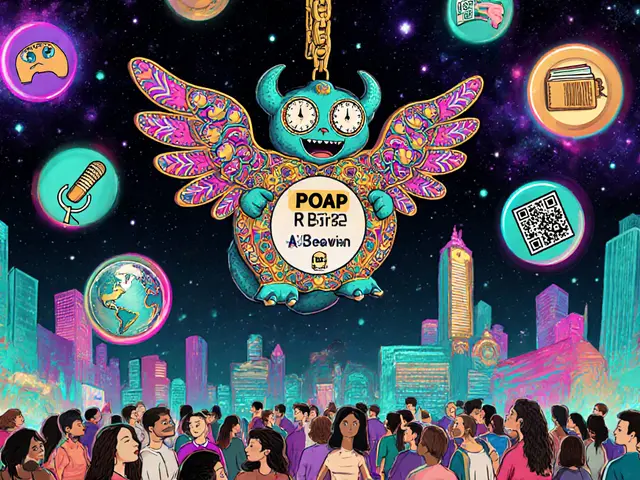BSClaunch: What It Is, How It Works, and Why It Matters in Crypto
When you hear BSClaunch, a crypto launchpad built on Binance Smart Chain that helps new blockchain projects raise funds and attract early users. Also known as BSC launchpad, it’s one of the most active platforms for launching tokens on one of the cheapest and fastest blockchains around. Unlike big exchanges that list coins after they’re already trading, BSClaunch gives early access to projects still in their first days—often before they’re even on Uniswap or PancakeSwap.
It’s not just about buying tokens early. BSClaunch is part of a bigger ecosystem that includes Binance Smart Chain, a blockchain designed to run smart contracts with low fees and fast confirmations, making it ideal for DeFi and token launches, DeFi projects, decentralized finance applications like lending, staking, and yield farming that rely on blockchain-based tokens, and crypto launchpads, platforms that help new tokens get off the ground by managing token sales, liquidity locks, and community building. These pieces work together: BSClaunch uses the speed and low cost of Binance Smart Chain to let small teams run fair token sales, while DeFi projects use the launchpad to get users and liquidity fast.
Most of the projects you’ll find on BSClaunch are new, experimental, and often tied to gaming, NFTs, or yield farming. Some succeed and grow into big names. Others vanish after a few weeks. That’s why knowing how BSClaunch works matters—it helps you tell the difference between a real opportunity and a risky gamble. You’ll see projects that lock liquidity, publish audits, and have active teams. And you’ll see ones with anonymous devs, no code, and promises that sound too good to be true. The difference isn’t always obvious, but the data is there if you know where to look.
The posts below cover real examples of what happens after a project launches on BSClaunch. Some are success stories with real volume and community. Others are dead coins with zero trading, like the ones you’ll find in reviews of failed exchanges or abandoned tokens. You’ll also see how regulatory pressure, tokenomics, and user behavior shape whether a launchpad project survives—or becomes a ghost.










